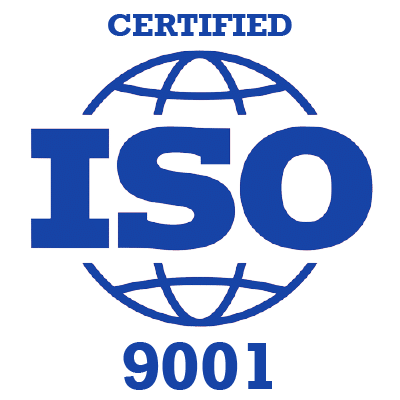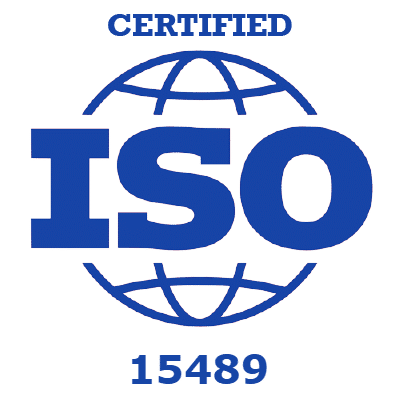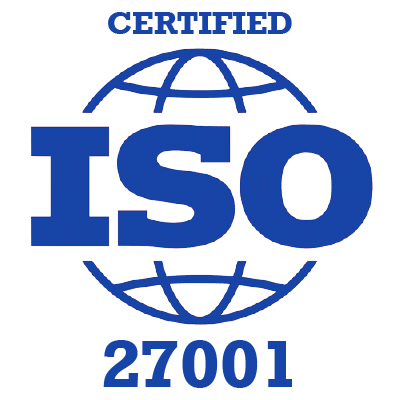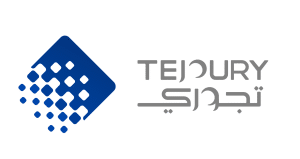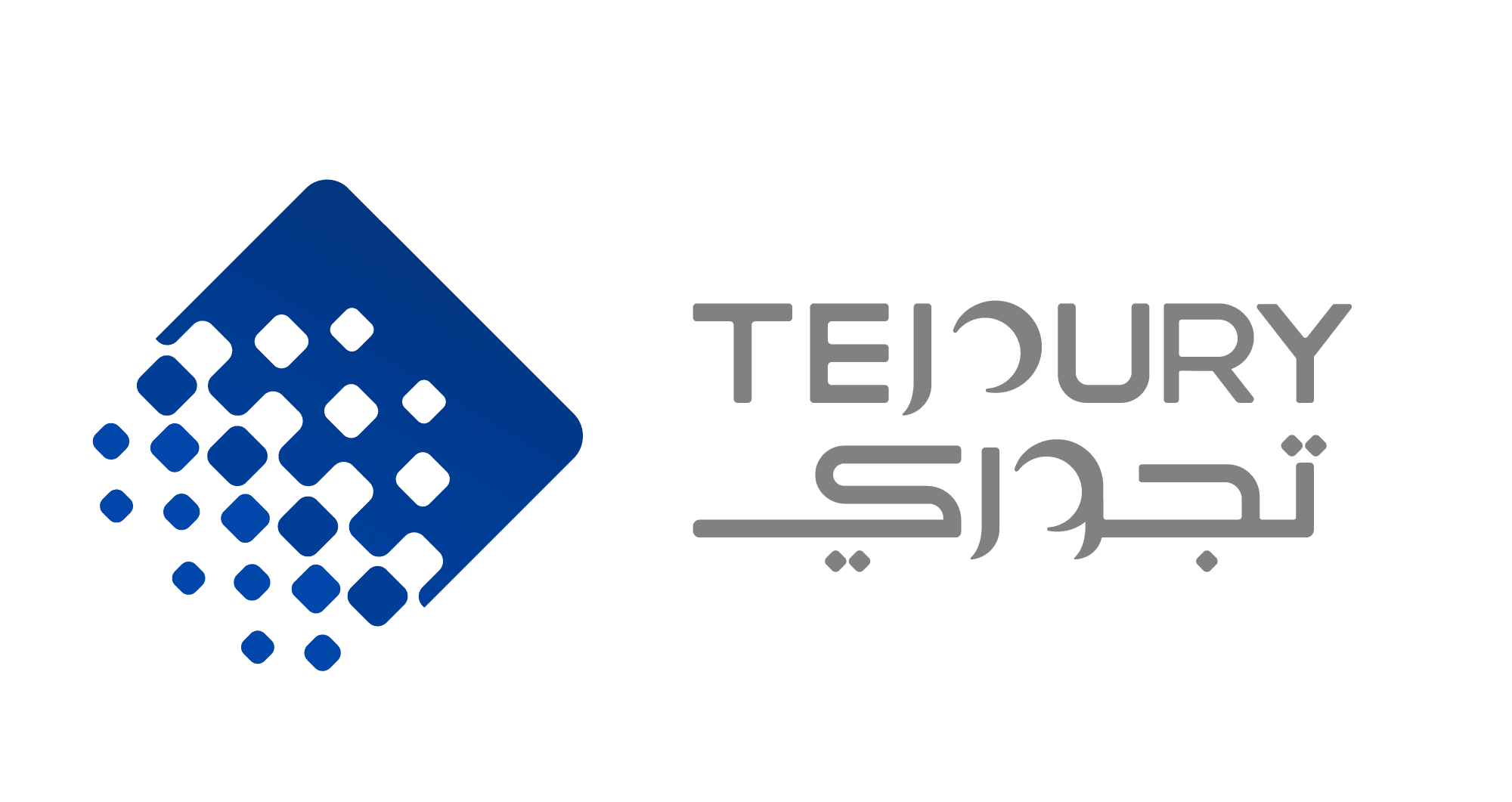OCR vs. IDP: What’s the Difference?
OCR (Optical Character Recognition) and IDP (Intelligent Document Processing) are two technologies that are commonly used for automated data extraction from physical or digital documents. OCR is a traditional technology that has been used for decades, while IDP is a relatively new technology that is gaining popularity in recent years. In this blog, we will discuss the differences between OCR and IDP, their pros and cons, and which one is better suited for different use cases.
OCR vs. IDP: What’s the Difference?
OCR is a technology that scans an image of a document and extracts text from it. It works by analyzing the shapes of the characters in the image and matching them against a database of known characters. OCR is a straightforward process that only extracts text, but it is not capable of understanding the context or meaning of the text.
IDP, on the other hand, is a more advanced technology that uses machine learning, computer vision and natural language processing algorithms to analyze and interpret the content of a document. IDP can extract not only text, but also the context of data and information, from unstructured documents. IDP can also identify and classify different types of documents, such as invoices, contracts, and receipts, and extract relevant data from them.
Pros and Cons of OCR
Pros:
- OCR is a mature technology that has been around for decades and is widely available.
- OCR is relatively fast and can process a large number of documents in a short amount of time.
- OCR is suitable for simple use cases, such as extracting text from a printed document.
Cons:
- OCR is not always accurate, especially when it comes to handwriting, poor image quality, or complex fonts.
- OCR cannot understand the context or meaning of the text it extracts.
- OCR requires a structured document with a clear layout and format.
Pros and Cons of IDP
Pros:
- IDP is more accurate than OCR, thanks to its advanced algorithms.
- IDP can extract not only text, but also the context of data and information from unstructured documents.
- IDP can identify and classify different types of documents, making it suitable for a variety of use cases.
Cons:
- IDP is a relatively new technology and may not be widely available.
- IDP may be slower than OCR, depending on the complexity of the document and the data to be extracted.
Which one is better suited for different use cases?
OCR is a suitable choice for simple use cases that involve extracting text from a structured document with a clear layout and format. For example, OCR can be used to extract the text from a printed document, such as a book or a magazine.
IDP is a better choice for more complex use cases that involve extracting data and information from unstructured documents with a variety of formats and layouts. For example, IDP can be used to extract data from invoices, contracts, and receipts, which have different layouts and formats.
In conclusion
OCR and IDP are two different technologies with their own pros and cons. While OCR is a mature technology that is suitable for simple use cases, IDP is a more advanced technology that is better suited for complex use cases. When choosing between OCR and IDP, it is essential to consider the specific use case and the type of document to be processed.
Tejoury offers a range of document management services, including document digitization, data capture, and content management. Their team of experts can work with you to identify your specific requirements, recommend the best solution, and implement it seamlessly into your existing workflow.
Tejoury’s OCR and IDP solutions utilize the latest technologies and algorithms to ensure accuracy, speed, and efficiency. Their solutions are designed to minimize manual intervention, reduce errors, and increase productivity, ultimately saving you time and money.
So, if you’re unsure which solution would be best for your needs, contact Tejoury today. Their team of experts can help you find the best solution for the best outcome.
Request Your Quote




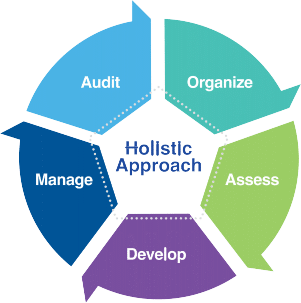
Our Certifications
